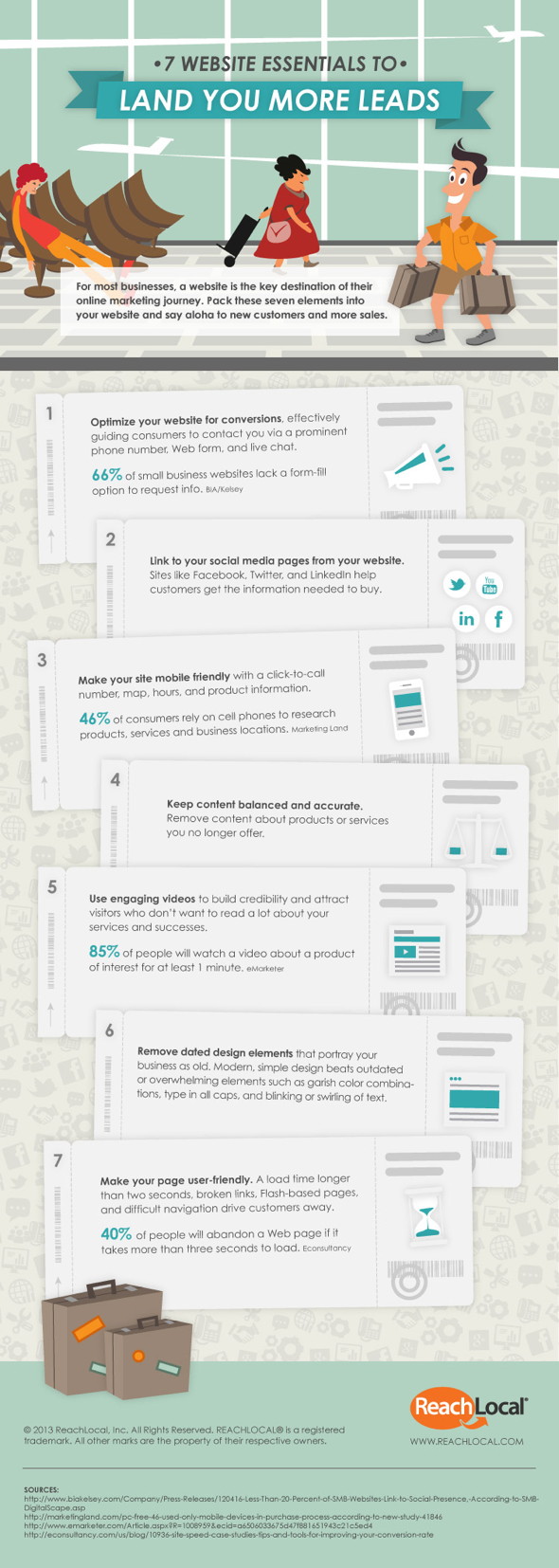
Credit: © XtravaganT – Fotolia.com
Scotty’s world is gone. Today’s future is not “beam me up”, but “stream me up”. At least when it comes to listening to music. The Viacom music group, consisting of CMT, MTV and VH1, published some summary results which prove that teenagers and adults up to age 40 consume music in a streaming mode.
In a quantitative study with 1,200 respondents, which also included some qualitative secondary research and some new form of “blography” component, it made clear that streaming has become a mainstream behavior. Almost four out of five (78%) participants of the survey had streamed music in the past three months. The streaming habit on the way to purchase is most often (91%) a form of auditioning music before buying it – especially YouTube has an important role in this process.
The age group of 22-30 year olds is even more active than their older and younger counterparts. Streaming music has become a daily habit for them (63% do it daily). As the group sample was taken from their target audience, it might be a reason that this result is even higher than in usual user studies.
The young generation of “streamers” listens to radio as an important source of information to this group. However, the study credited broadcast and the Internet as sources of music discovery. Interestingly enough the study states that the act of listening seems to be passive. User do not seek to find their music, it basically comes to them. It could be a prove that the music industry has understood how to use big data to favor the music taste of their users.
Obviously, TV is another major discovery platform for this generation. 88% of respondents mentioned that they searched for songs on TV shows next to listening to them. This could become another important opportunity for track-identification mobile apps (like i.e. Shazam).
The path from discovery to purchase (which in this study can mean several things, including “streaming it incessantly”) is interestingly charted. The role of streaming in that path is often a form of auditioning music before buying, according to 91% of participants, who use YouTube for that purpose.
Spot On!
Not surprisingly, the respondents state that downloading music via P2P networks is not popular for them (60% see it as “risky” or “wrong”). Still, this does not mean that the idea is completely gone from their minds. Sharing music data with friends via DropBox or other sharing platforms is a common practice for music fans. However, if 81% of participants believe this is a support to bands they admire can be doubted. Maybe the music fans haven’t quite understood how their bands make money. It probably “beams up” the bands relevance and popularity more if 63% of fans follow artists on Facebook and share the bands’ news in their personal networks.







 Now, that we have adviced
Now, that we have adviced 

